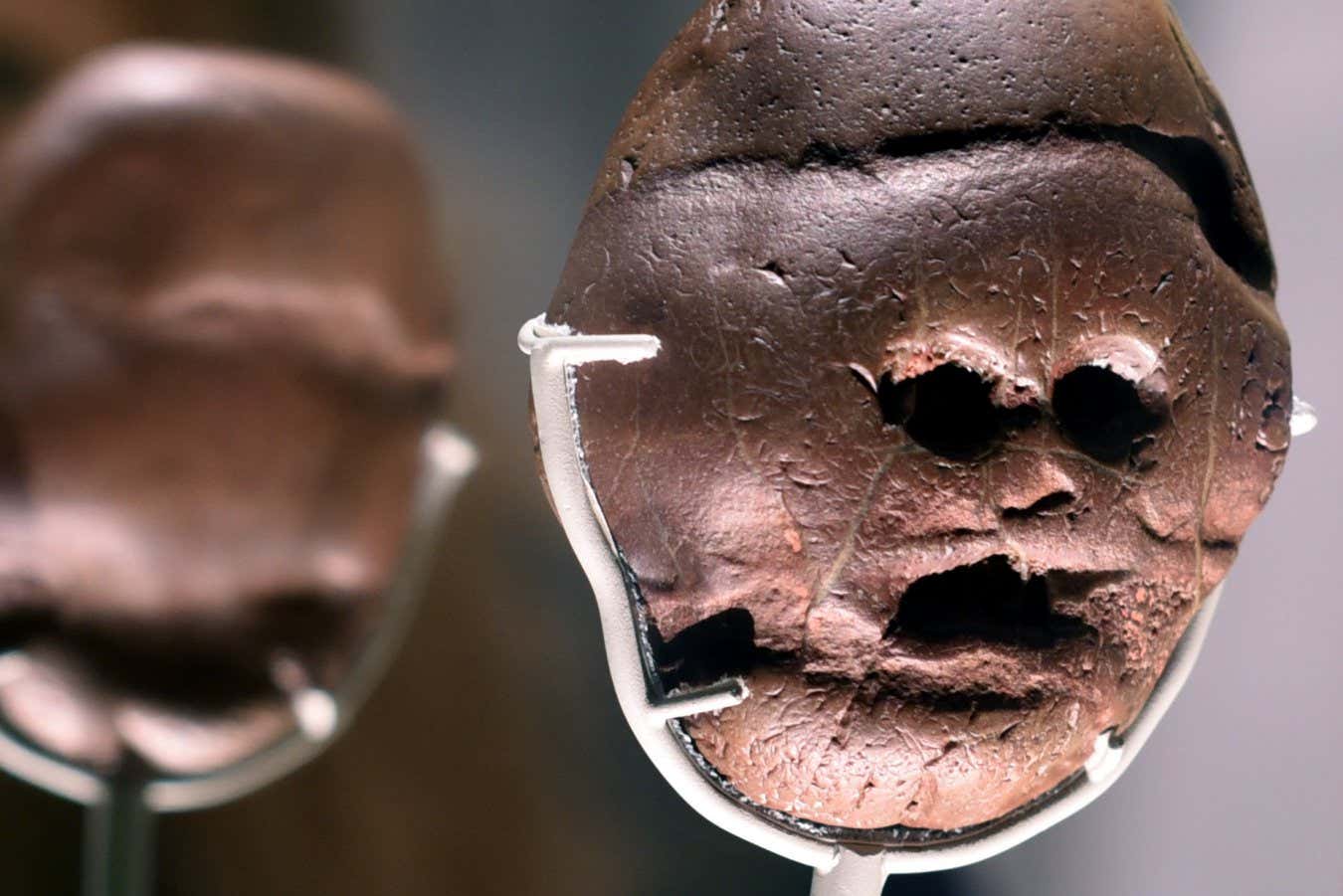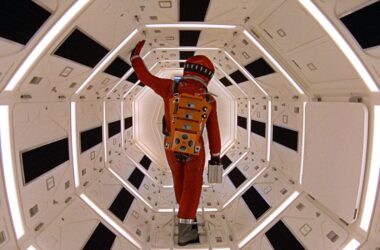Stone Age cave art has amazed and intrigued people for centuries. The art found in Lascaux cave, thought to be about 17,000 years old, has been likened to modern artistic techniques by none other than Pablo Picasso. However, in 1994, even older paintings were unearthed in Chauvet cave, dating back twice as far as those in Lascaux. These ancient artworks depict animals with astonishing detail, challenging the belief that art was a recent human invention.
Archaeological discoveries in the past few decades have overturned the notion that art was solely the domain of modern humans around 40,000 years ago. Instead, evidence points to the presence of artistry in earlier hominins, raising questions about the origins and evolution of artistic expression.
These findings offer a unique perspective on the artistic capabilities and aesthetic sensibilities of our ancient ancestors. They also suggest that the creation and appreciation of art may have played a significant role in hominin societies long before previously thought.
This challenges the traditional belief that humans are the exclusive creators of art…








